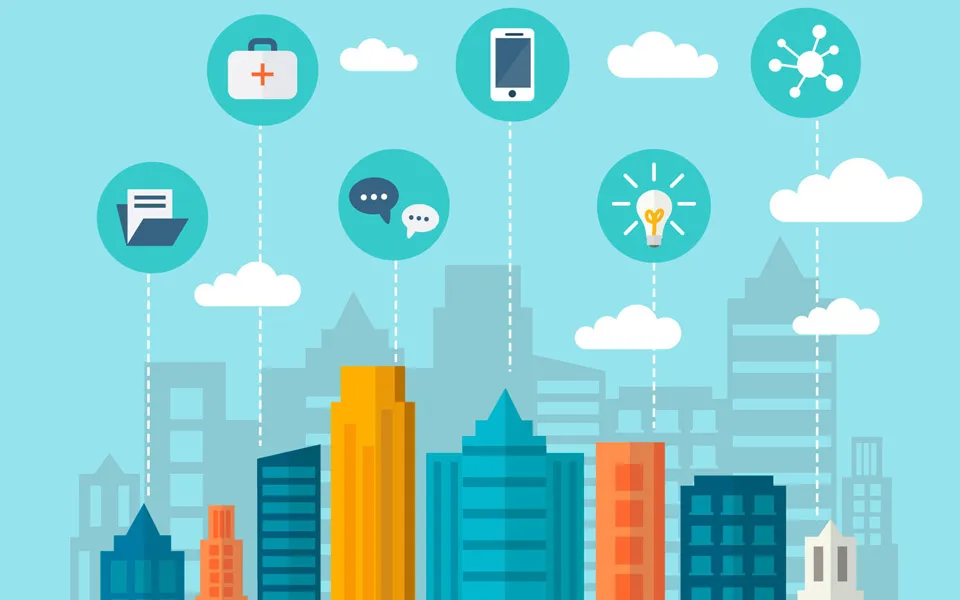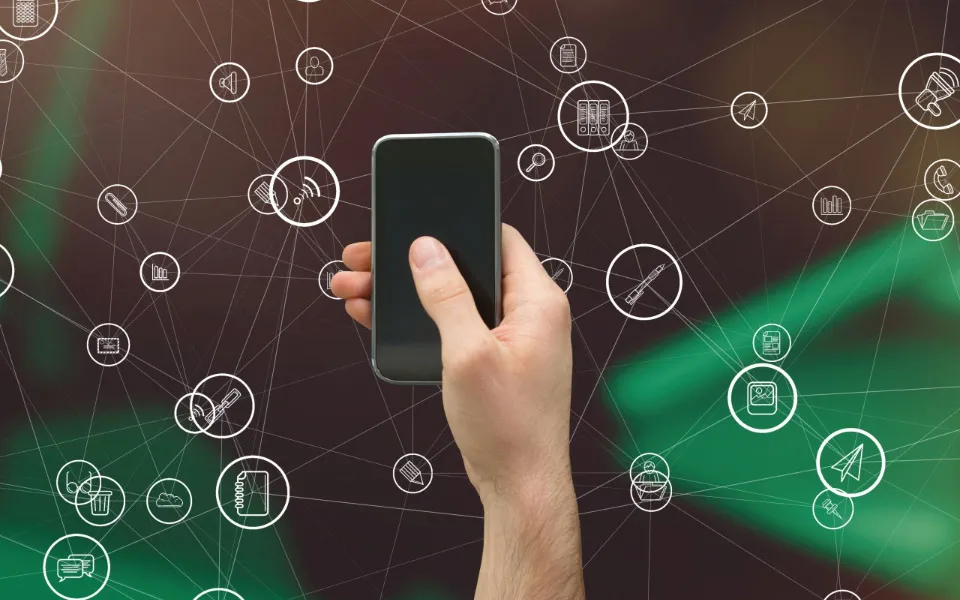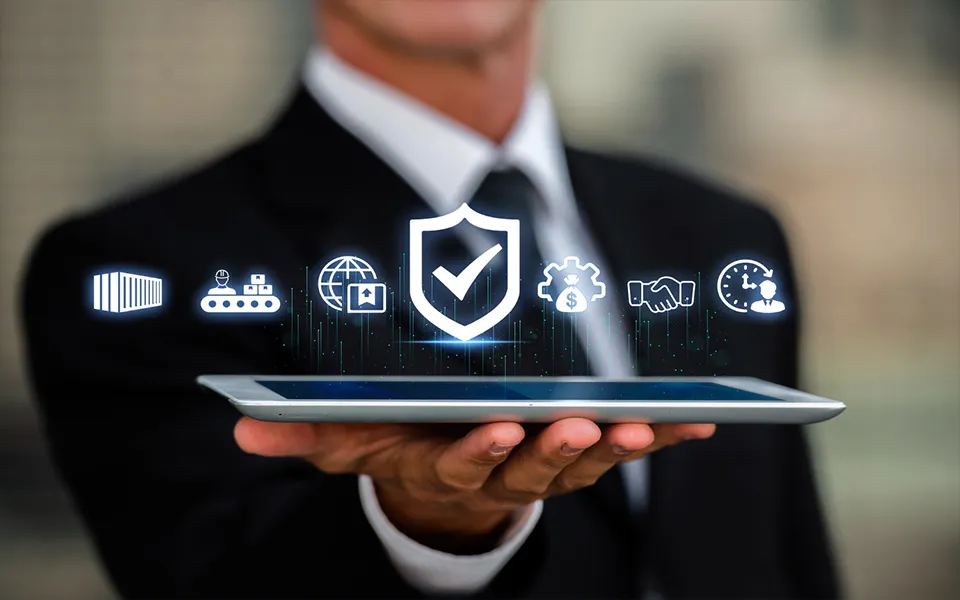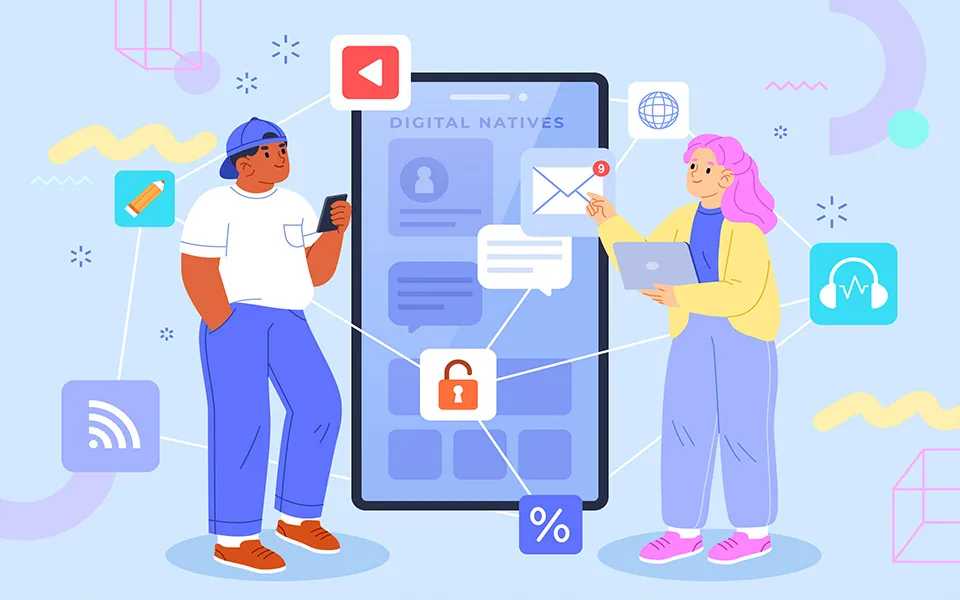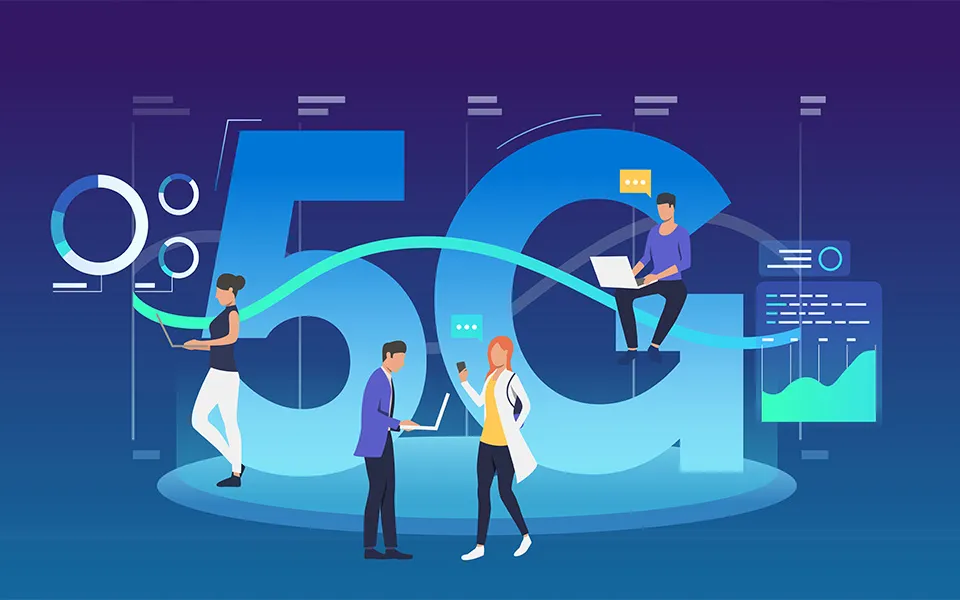Energy Sector Emergency Response Units
In our previous articles, we explored the foundational aspects and private-sector solutions of emergency communication vehicles. We highlighted the pivotal role these vehicles play in ensuring seamless communication during critical situations, particularly through the use of private LTE networks and integrated IoT solutions. This article delves deeper into one specific application: energy sector emergency response units. These specialized vehicles are crucial for managing emergencies in the energy industry, such as power outages, gas leaks, or pipeline ruptures. We will provide an in-depth examination of their capabilities, real-world applications, and the transformative impact of Horizon-powered Partnered Solutions.

Understanding Energy Sector Emergency Response Units
The Role of Emergency Response Units in the Energy Sector
Energy sector emergency response units are specialized vehicles equipped with advanced communication and monitoring technologies. They are designed to respond swiftly to various types of emergencies that can disrupt the energy supply and pose significant risks to public safety and the environment. These units serve multiple purposes:
- Incident Management: They act as mobile command centers, coordinating response efforts and ensuring effective communication between field teams and central command.
- Real-Time Monitoring: Equipped with sensors and IoT devices, these units can monitor critical infrastructure in real time, providing data on the status of power lines, pipelines, and other essential components.
- Coordination and Communication: They facilitate seamless communication between different response teams, utility companies, and government agencies, ensuring a coordinated approach to emergency management.
Key Features of Energy Sector Emergency Response Units
- Private LTE Networks: Utilizing CBRS, these units establish private LTE networks that provide reliable and secure communication channels. This ensures uninterrupted connectivity even in remote or disaster-stricken areas where public networks might be compromised.
- Advanced IoT Integration: Industrial IoT wireless devices integrated into these vehicles facilitate real-time data exchange. Sensors can monitor various parameters such as temperature, pressure, and structural integrity of infrastructure, providing critical information to response teams.
- Ruggedized Equipment: Designed to withstand harsh conditions, the equipment in these vehicles is robust and reliable. This ensures that the units remain operational during natural disasters, industrial accidents, or other emergencies.
- Enhanced Navigation Systems: State-of-the-art GPS and routing systems enable precise navigation to incident sites, optimizing response times and resource deployment.
Real-World Applications and Use Cases
1. Responding to Power Outages
Power outages, especially those caused by natural disasters, can have widespread and severe impacts. Emergency response units play a critical role in mitigating these effects:
- Assessment and Monitoring: These units can quickly deploy to affected areas and assess the extent of the outage. Using real-time data from IoT sensors, they can monitor the status of power lines, transformers, and other infrastructure components.
- Coordination of Restoration Efforts: By acting as mobile command centers, these units facilitate communication between field teams and central command. This ensures that repair crews are dispatched efficiently, resources are allocated appropriately, and restoration efforts are coordinated effectively.
2. Managing Gas Leaks
Gas leaks are hazardous and require immediate attention to prevent explosions and environmental damage. Emergency response units equipped with specialized sensors can detect and monitor gas leaks:
- Rapid Detection: IoT sensors integrated into these vehicles can detect the presence of gas and measure its concentration levels. This information is relayed in real-time to the command center, enabling quick decision-making.
- Ensuring Safety: The units can establish secure communication channels with other emergency services, such as fire departments and medical teams, ensuring a coordinated response that prioritizes public safety.
3. Addressing Pipeline Ruptures
Pipeline ruptures can lead to significant environmental damage and loss of valuable resources. Emergency response units are essential in managing such incidents:
- Real-Time Monitoring and Data Collection: Equipped with advanced sensors, these units can monitor the integrity of pipelines and detect ruptures. Real-time data collection allows for immediate assessment of the situation.
- Deployment of Repair Teams: Using the integrated communication systems, these units can coordinate the deployment of specialized repair teams. The units can provide guidance on the safest and most efficient routes to the rupture site.
4. Coordination During Natural Disasters
Natural disasters such as hurricanes, earthquakes, and floods can severely impact energy infrastructure. Emergency response units are crucial in such scenarios:
- Mobile Command Centers: These units can establish temporary command centers in affected areas, providing a base for coordination and communication.
- Interagency Communication: They facilitate seamless communication between utility companies, government agencies, and other emergency services, ensuring a unified response effort.
Horizon Powered: Energy Sector Emergency Response
Horizon Powered plays a transformative role in enhancing the capabilities of energy sector emergency response units. Their cutting-edge CBRS solutions and advanced products provide the necessary tools to ensure effective and efficient emergency management:
- Reliable Connectivity: By leveraging CBRS, Horizon enables the creation of private LTE networks that offer high-speed, secure communication. This is critical for maintaining connectivity during emergencies, ensuring that response teams can communicate and coordinate effectively.
- Advanced IoT Solutions: Horizon Powered’s IoT devices enhance real-time data collection and monitoring capabilities. Sensors integrated into emergency response units can provide critical information on infrastructure status, helping teams make informed decisions quickly.
- Ruggedized Hardware: Horizon’s durable outdoor CPEs, routers, and mobile hotspots are designed to withstand harsh conditions. This ensures that emergency response units remain operational in challenging environments, providing reliable performance when it is needed most.
- Centralized Management: Horizon’s Device Management System (DMS) allows for centralized control and monitoring of all communication devices. This enhances the efficiency of managing multiple devices, ensuring they are always operational and up-to-date.
Conclusion
Energy sector emergency response units are essential tools for managing emergencies that can disrupt the energy supply and pose significant risks. By leveraging private LTE networks, advanced IoT solutions, and ruggedized equipment, these units enhance the capabilities of response teams, ensuring effective and efficient emergency management.
Horizon Powered’s cutting-edge partner solutions play a transformative role in elevating these capabilities. Through reliable connectivity, advanced data collection, and centralized management, Horizon ensures that energy sector emergency response units are equipped with the tools they need to respond swiftly and effectively to any crisis.
As we continue to explore the applications and benefits of emergency communication vehicles, it is clear that the integration of advanced technology is key to building safer and more resilient communities. Stay tuned for the next article in this series, where we will delve into another crucial application of emergency communication vehicles.

